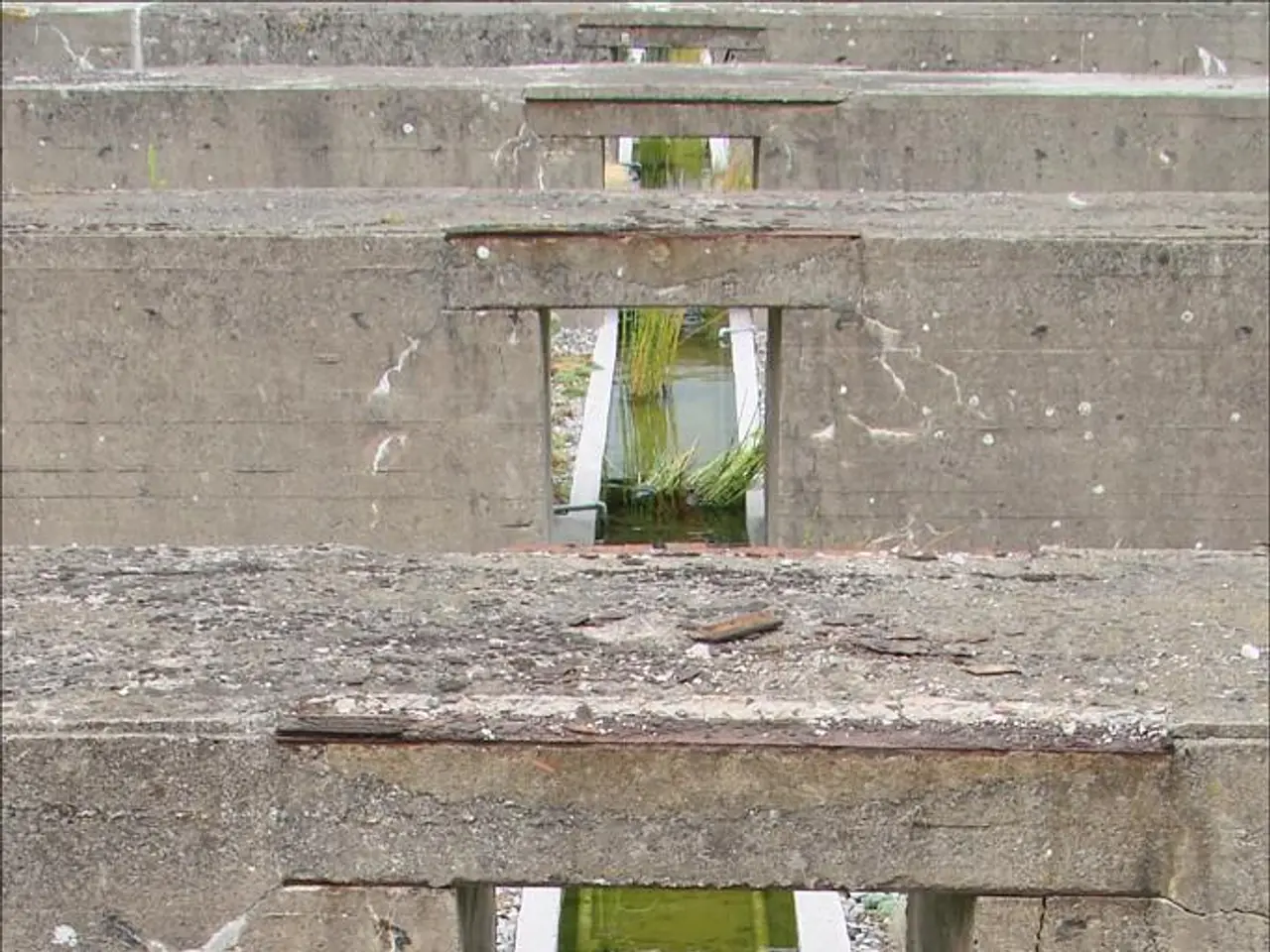Direct Air Capture Tactics Taking Over and Being Returned to Control
Direct Air Capture (DAC) technology is rapidly advancing, attracting significant investment, particularly in the United States. Major oil and gas companies like Occidental Petroleum and ExxonMobil are leading efforts to integrate DAC with carbon management solutions, such as the large-scale direct air capture facility Occidental is building in Texas, expected to start operating by late 2025 and remove approximately 500,000 tons of CO₂ annually.
However, the involvement of oil and gas companies in DAC is a subject of controversy. Critics argue that their engagement may serve as greenwashing, potentially delaying broader decarbonization by perpetuating fossil fuel reliance under the guise of carbon removal. Environmentalists are cautious, but some experts acknowledge that industry participation could accelerate political and technological progress, provided scrutiny on their overall emissions continues.
Technical and environmental challenges remain with carbon capture and storage. Risks of CO₂ leakage from underground reservoirs and induced seismic activity require careful management. Policy incentives, such as the U.S. 45Q tax credit, offer up to $85 per ton of permanently stored CO₂, underpinning the economics of these projects, but recent federal funding cuts have introduced uncertainty.
Despite these challenges, DAC technology is gaining momentum. Graphyte, a company, is turning plant waste into carbon-rich bricks for permanent storage, costing around $100 per ton. Climeworks is building a new DAC site named Mammoth in Iceland, capable of removing 36,000 tons of CO₂ each year, an order of magnitude improvement over its Orca facility. Climeworks is also exploring opportunities in Kenya and Canada for future DAC sites.
The cost of removing a ton of CO₂ is currently estimated to exceed $600, but experts say it must be less than $100 for economic viability. Heirloom's DAC plant in California uses renewable energy to heat limestone powder, which splits into calcium oxide and carbon dioxide, and packs the CO₂ into concrete for permanent storage.
The world currently emits 1,600 tons of CO₂ every second. Pursuing a just and responsible path for carbon dioxide removal requires holding multiple truths at once, including the understanding that it can never replace decarbonization and that it is currently being used as a billion-dollar fig leaf for Big Oil.
Some scientists and environmentalists argue that DAC is a greenwashing tactic used to delay decarbonization due to its small scale, expense, and energy intensity. However, Nawaz and Scott-Buechler believe that carbon dioxide removal will play an important, albeit small, role in climate action, and see a path where it aligns with climate justice. This path requires knowing where the money is going, who benefits, and who bears the burden.
Occidental Petroleum has invested heavily in DAC, planning to deploy 100 large-scale DAC plants by 2035. The company has a significant presence at COP28, the flagship climate conference, with their CEO being a registered guest and their executive vice president serving as COP28's energy transition lead.
The debate over DAC technology is contentious, with the fossil fuel lobby, skeptical scientists, and environmental activists all holding different perspectives. The U.S. has invested $3.5 billion towards new DAC hubs. Orca, the metal box-shaped DAC facility operated by Climeworks in Iceland, removes 4,000 tons of carbon dioxide (CO₂) from ambient air each year.
In summary, DAC technology is emerging as a critical tool in carbon management with growing momentum. Its success depends on addressing both technical risks and ensuring it complements, rather than substitutes, deep decarbonization efforts. The involvement of oil majors offers both an opportunity for rapid deployment and a source of skepticism regarding potential greenwashing and delaying net-zero transitions.
- Environmental activists and some scientists question the engagement of major oil and gas companies like Occidental Petroleum and ExxonMobil in Direct Air Capture (DAC) technology, fearing it may act as a greenwashing tactic delaying broader decarbonization.
- Graphyte, a nonprofit company, transforms plant waste into carbon-rich bricks for permanent storage at a cost of around $100 per ton, illustrating innovative approaches in the field of environmental science.
- Climeworks, another player in the DAC realm, is building a new site in Iceland, the Mammoth project, which aims to remove 36,000 tons of CO₂ yearly – an order of magnitude improvement over its Orca facility.
- Climeworks is exploring opportunities in Kenya and Canada for future DAC sites, demonstrating a commitment to global efforts in addressing climate-change.
- As fossil fuel companies invest in DAC, such as Occidental Petroleum planning to deploy 100 large-scale DAC plants by 2035, the discussion around the technology's role in climate action, energy transition, and environmental justice continues.
- The cost of removing a ton of CO₂ using DAC currently exceeds $600, which experts argue must be less than $100 for economic viability, emphasizing the need for technological advancements and increased efficiency.
- Heirloom's DAC plant in California uses renewable energy to heat limestone powder and pack the CO₂ into concrete for permanent storage, showcasing the potential of combining art, science, and finance to combat climate-change in the industry of oil and gas.




